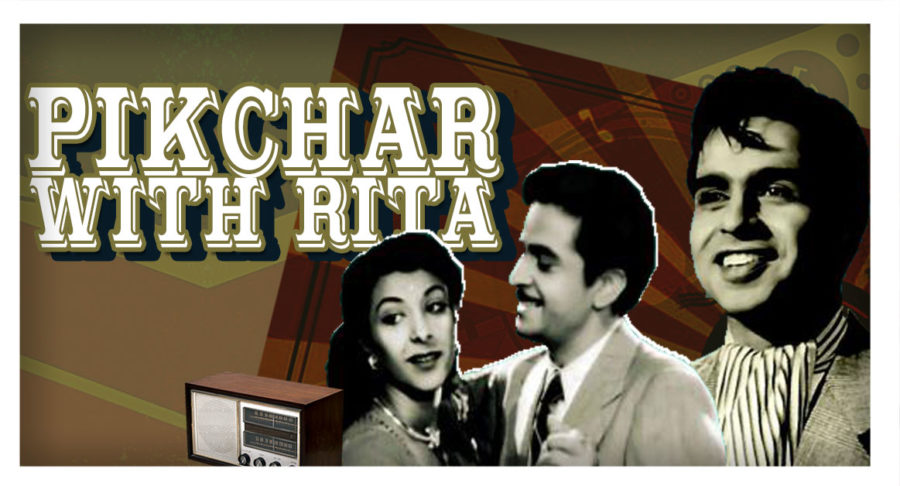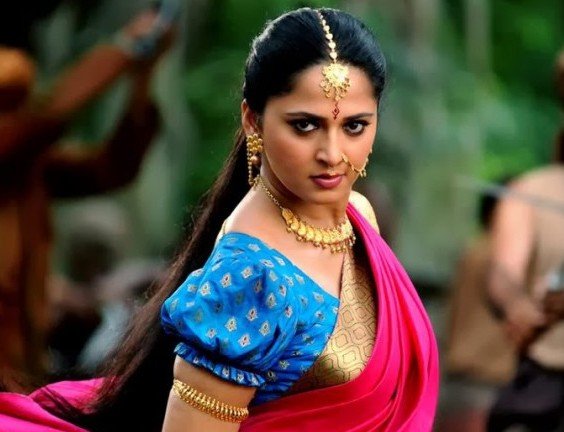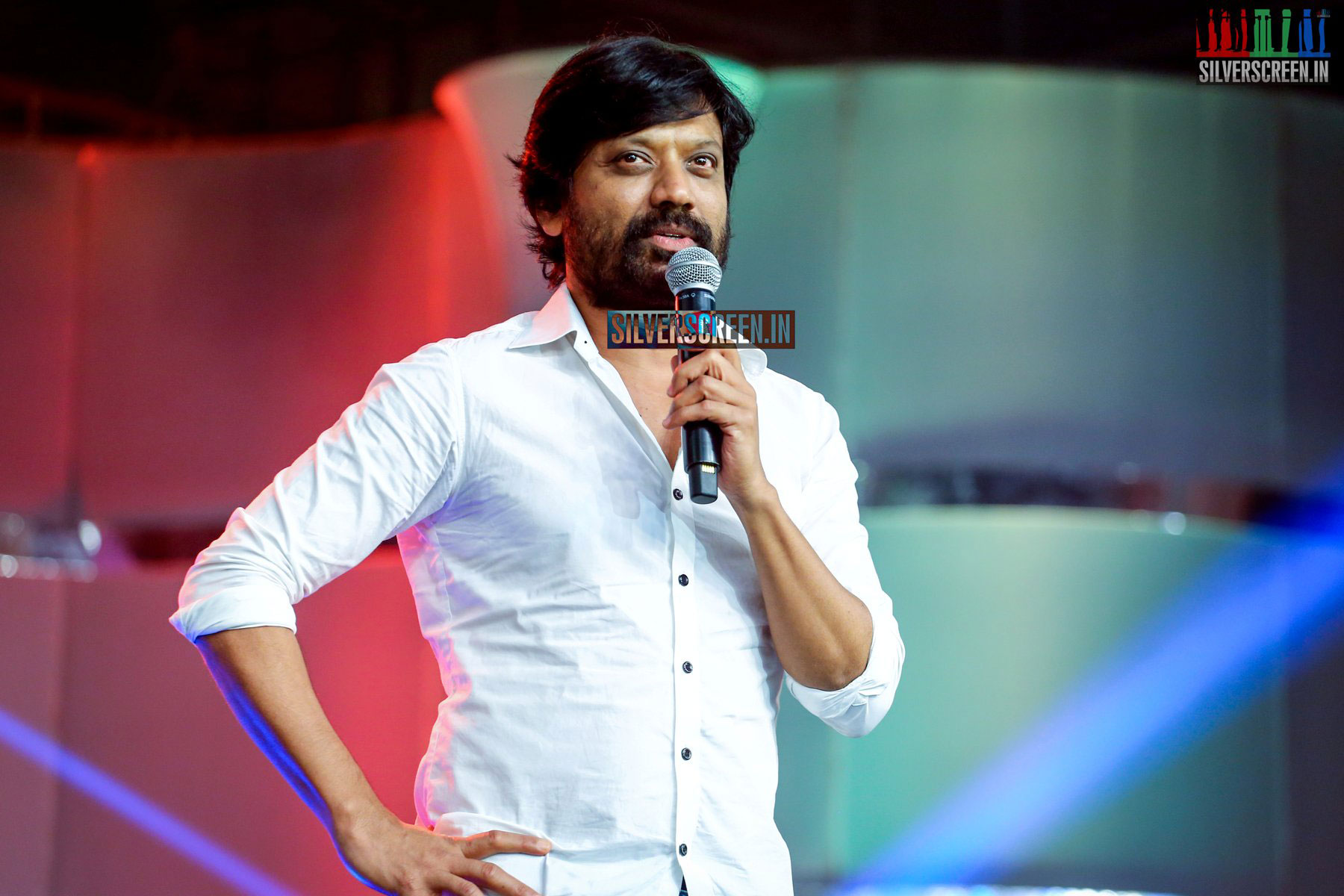For the generation that was watching films during the 1940s, it must have been so heady to see stars such as Dilip Kumar and Raj Kapoor and Nargis – all in the same film. I remember my parents endlessly talk about Andaz (1949) and the comparative merits of Dilip Kumar and Raj Kapoor.
Considering Dilip Kumar was the archetypal abandoned hero, it enhanced the melodramatic element around him, causing more heartbreak among his audiences. When the songs of Andaz played in my house in Mukesh’s nasal voice, one had little imagination of how much verve and pace this film had. As a child growing up in the 70s, I had the most uncharitable view on Mukesh, who reminded me and my sisters of the melancholia we associated with my mother’s family in Ajmer. Since we were only listening to the songs, either hummed by my parents or other relatives, they seemed particularly morose.
So a song like Hum aaj kaheen dil kho baithe came over as a song meant for wimps, and did not carry the zest we were used to in the 70s.
Imagine a song like that, or even Tu kahe agar jeevan bhar with those of Yaadon ki baarat I would have been listening to in that era.
However, the visuality of these songs now makes me realise how much vivacity existed around their appearance in the film. To see Cuccoo dancing and Nargis comfortably staring into Dilip Kumar’s eyes while wearing a sensuous cocktail dress has suddenly revised the perception for me. At the beginning of the film, Nargis heads out on a horseback wearing jodhpurs and introduces her male friends to her father. This has humbled me into a new realisation: my parents’ generation were exposed to a far more granular form of modernity and witnessed its tensions, joys, and dilemmas in far more interesting ways than we have.
The film invests considerable time on Veena (played by Nargis) spending time with her new friend Dileep (played by Dilip Kumar), getting to know him better, listening to him sing, playing tennis with him, and even gently flirting. As audiences, we are led to believe that the frisson between them was mutually felt, and perhaps it was. When her boyfriend Rajan (played by Kapoor) suddenly appears from London, the film creates the famous love triangle, perhaps one of the early and most unforgettable ones.
A handsome Dilip Kumar perpetually at the piano singing one well known song after another- Naushad’s creations- creates a strange limpid effect produced both through the remembrance of things past but objects and repartee that are utterly contemporary. The piano becomes the witness of love that was, that could have been and destinies that were not be.
Dapper looking men, elegant women who go on to sing songs like Uthaye ja unke sitam in Lata Mangeshkar’s voice make the film a dizzy mix of multiple sensibilities at work.
It is a different matter that the film comes to a harsh judgement about what modernity does to women, and how Veena ruined lives by not observing social protocols more carefully. Consigned to both moral and legal punishment, this videshi sensibility is made to repent, pay prices.
Cinema’s role as both fantasy-maker and instruction-giver are met with, and I wonder what remnants were left with the audience of that time. If my parents’ memories are any indication, they would have preferred marriage to be where passion was.
I was too young to understand Andaz, and by extension that generation’s negotiations with modernity.



